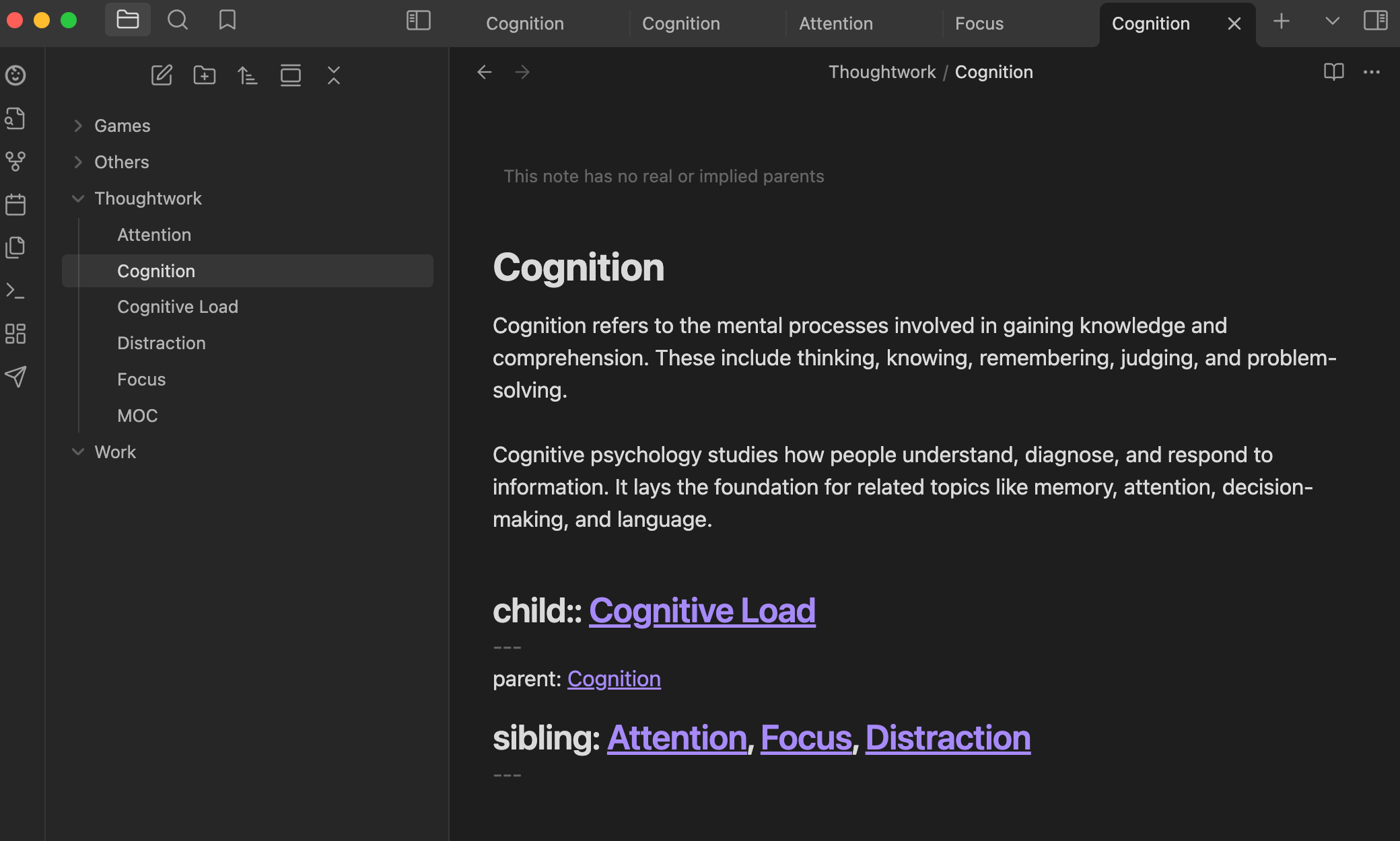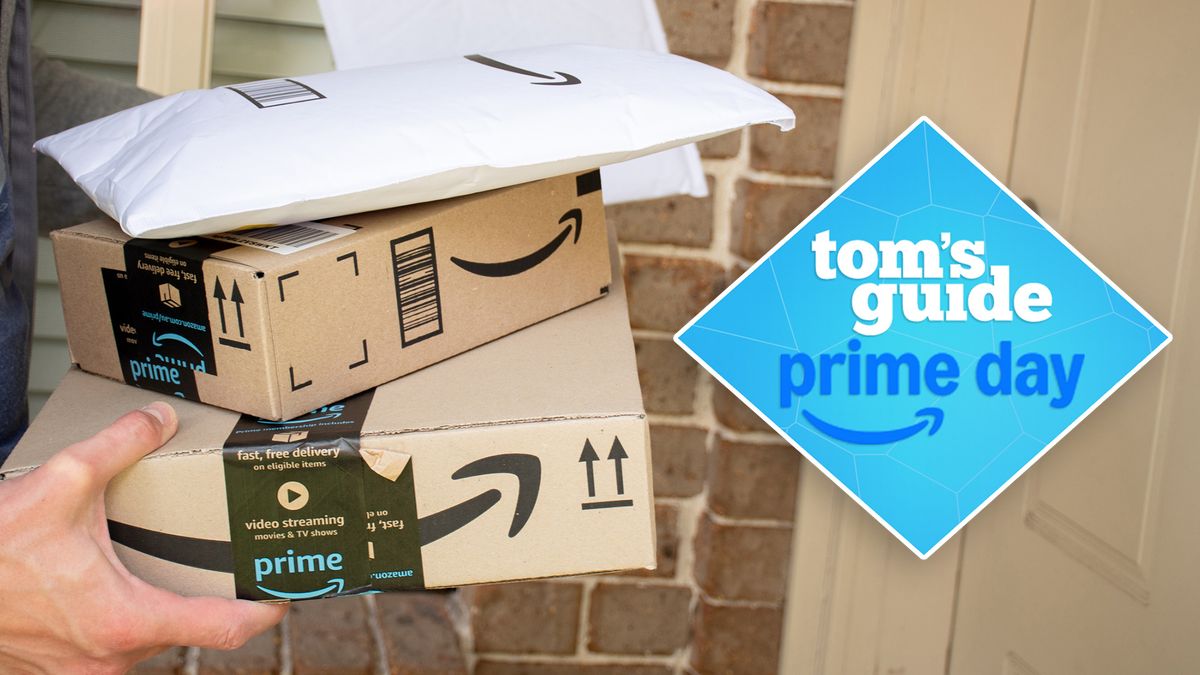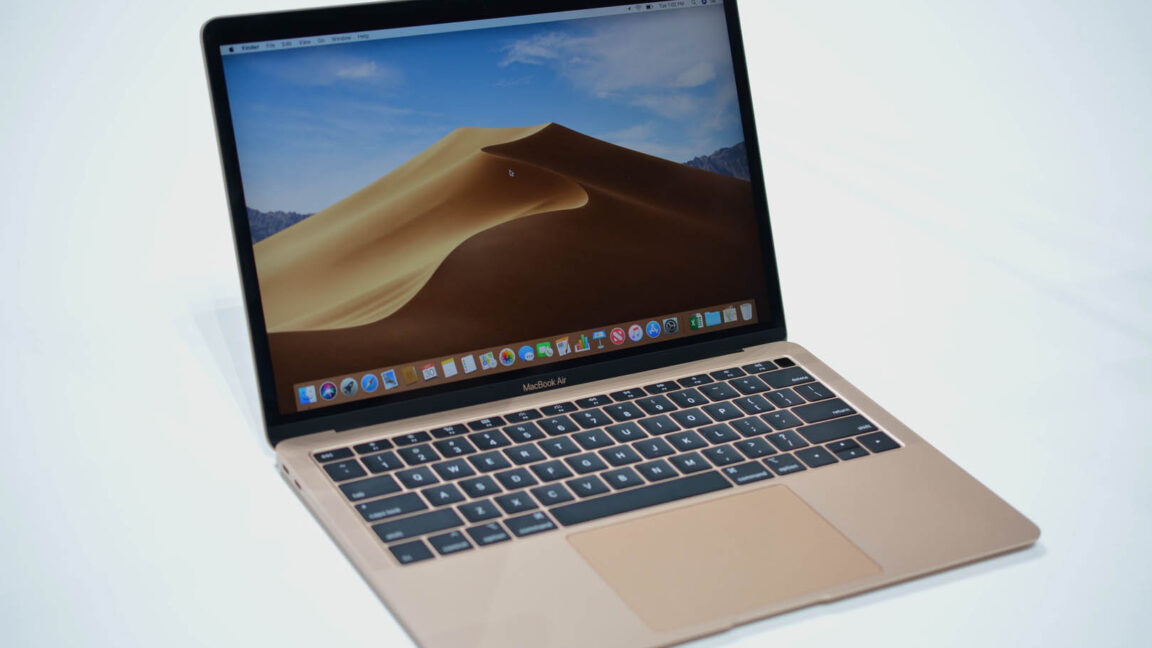Obsidian is already a powerful tool for organizing thoughts. It's my knowledge-base to collect important thoughts, topics and more from around the internet. However, research is messy, and my Obsidian vault is messier still. That's till I discovered the Breadcrumbs plugin. It's safe to say that the Breadcrumbs plugin is what really changed the way I take notes. Before using it, my vault was a chaotic mix of folders, tags and links. I’d jot down a thought about cognitive load in one note, tuck a quote from Cal Newport’s Deep Work in another and drop an article summary about attention span somewhere else entirely. A week later, I’d come back and have no idea how it all connected.
Breadcrumbs changed that almost instantly. It lets me define relationships between notes using simple labels like parent, child or sibling. That one feature helped me step back and actually see the structure of my thinking. Notes stopped being isolated fragments. They became part of a living system that grows and evolves over time. I no longer dig through folders to find the right note. I follow the connections. And that has made me significantly more productive.

I finally started using Obsidian, and I should have sooner
Obsidian is often touted as the best note-taking app out there, and I can finally see why.
A better mental map
Turning folders into relationships

Like many Obsidian users, I relied on folders to keep my notes in order. They felt safe, clean and predictable. But as my vault grew, the folder structure started to feel like it was holding me back. It forced me to pick a single category for each note, even when that note belonged in more than one place. I’d constantly debate whether something should go under “Productivity,” “Psychology” or “Writing.” The answer was always “all three,” but I didn’t have a way to express that.
Breadcrumbs made that problem disappear. Instead of stuffing notes into folders, I began linking them by their actual relationships. If a note on flow theory drew heavily from Mihaly Csikszentmihalyi’s work, I could mark that author’s note as its parent. If another note expanded on flow in the context of workplace design, I marked that as a child. Suddenly, I wasn’t organizing notes into categories. I was mapping how ideas related to one another. It's how my mind thinks, and my notes started reflecting that.
This relational model has also helped me connect ideas across domains. A note about decision fatigue, for instance, lives under a larger note about cognitive limitations, but it also relates to notes on productivity, behavioral economics and even UX design. Breadcrumbs lets me model that complexity. I don’t have to choose which path the idea fits into. I can show all of them.
This has made my note review process far more meaningful. Instead of aimlessly browsing my vault or relying on search, I can climb up a chain of parents to see the bigger picture or move laterally through siblings to explore alternative perspectives. It feels like zooming in and out of my own thinking.
Writing with context
Building drafts through linked ideas
One of the most immediate benefits of using Breadcrumbs has been in my writing process. Before, I’d capture thoughts in fleeting notes but forget where they came from or how they related to anything else. Drafting something substantial meant rereading a dozen disconnected files and hoping I could pull them into a coherent structure. More often than not, I gave up before I even started.
Now when I open a note, I see exactly where it fits. I can jump from a draft paragraph to the source idea, then follow the links to related insights. Writing becomes more about curating and arranging than inventing from scratch. The system encourages me to build on previous thinking rather than repeat myself. It also exposes gaps in my logic. If a note has no children, maybe I haven’t expanded on it enough. If a note has no parents, maybe it’s floating without context.
This structure has turned writing from a task I resist into something I enjoy. It’s less about wrestling with ideas and more about walking paths I’ve already started paving.
Another small but powerful change has been the way Breadcrumbs helps me stay in flow. If I’m writing about digital minimalism and get stuck, I can follow the links to a sibling note on distraction or a child note on dopamine loops. These connections often spark the next sentence or clarify a murky thought. I spend less time switching context or searching and more time actually writing.
The plugin also supports implied relationships, so even if I forget to explicitly tag a parent or child, it can infer connections based on folders, tags or links. This makes the system forgiving and scalable. I can be deliberate when I want to be, but I’m never penalized for moving fast.
A more intentional system
From mess to meaning
Looking back, my old note-taking system wasn’t necessarily broken. It just wasn’t helping me think. I was capturing a lot but connecting very little. Breadcrumbs gave me the missing layer of structure. Now when I take notes, I do so with intention. I ask myself where this idea fits, what it builds on and where it could lead. I think less about where to store a note and more about how to connect it. Over time, that shift has made me more organized, more reflective and more creative.
Obsidian is a fantastic tool for personal knowledge management, but Breadcrumbs is what turned it into a real thinking system for me. If you’re capturing lots of information but struggling to do something meaningful with it, I can’t recommend this plugin enough. It helps you find the shape of your thoughts and turn scattered ideas into something you can build on.
.png)










 English (US) ·
English (US) ·